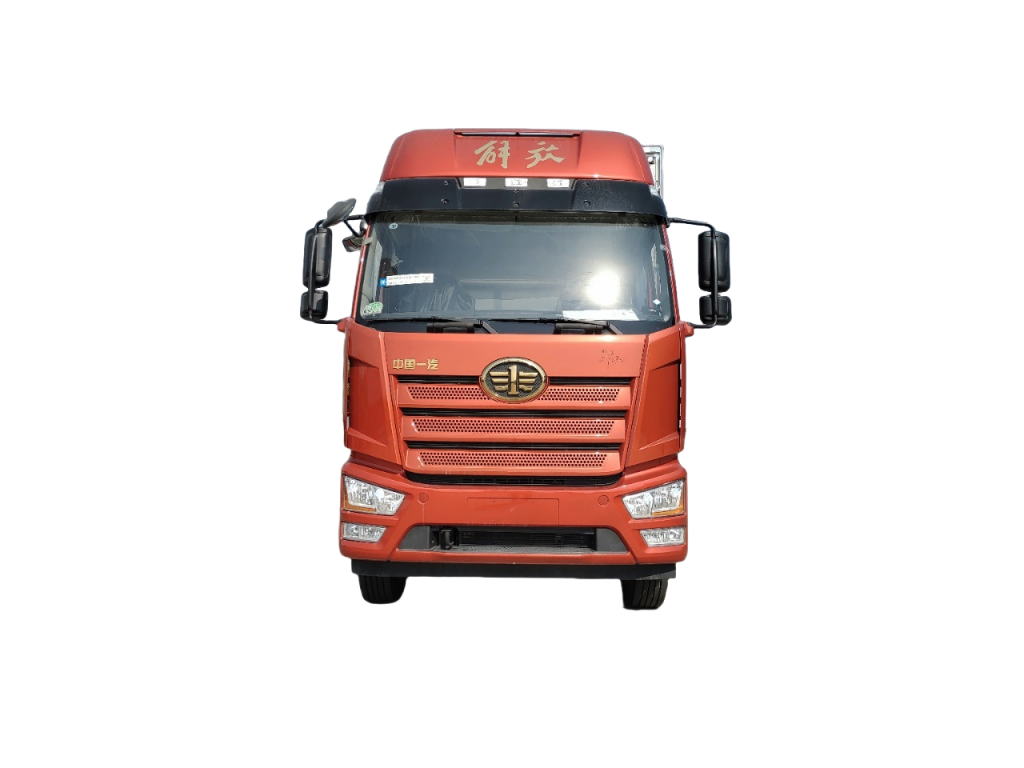Maximizing Crane Truck Performance with Effective Use of Counterweights
Introduction Crane trucks are essential equipment in various industries such as construction, manufacturing, and logistics. These versatile machines are used to lift and move heavy loads, making them indispensable for projects that require heavy lifting capabilities. One crucial component of crane trucks that directly impacts their performance and safety is the use of counterweights. Counterweights play a significant role in balancing the crane truck and ensuring stability while lifting heavy loads. In this article, we will delve into the importance of counterweights for crane trucks, their types, functions, and how they can be effectively utilized to maximize the performance of these powerful machines. Importance of Counterweights for Crane Trucks Counterweights are essential for crane trucks as they help to offset the weight of the load being lifted. When a crane truck lifts a heavy load, it creates a moment that can cause the machine to tip over if not properly balanced. Counterweights are strategically placed on the crane truck to counteract this moment and provide stability during lifting operations. By effectively utilizing counterweights, operators can ensure the safety of both the personnel involved in the operation and the surrounding environment. Types of Counterweights There are various types of counterweights used in crane trucks, each designed for specific applications and load capacities. The most common types of counterweights include: 1. Fixed Counterweights: Fixed counterweights are permanently attached to the crane truck and cannot be adjusted or removed. These counterweights are typically located at the rear of the crane truck to provide balance and stability during lifting operations. 2. Removable Counterweights: Removable counterweights are designed to be added or removed based on the specific requirements of the lifting task. These counterweights can be adjusted to achieve the desired balance and stability, making them versatile for a wide range of applications. 3. Telescopic Counterweights: Telescopic counterweights consist of adjustable sections that can be extended or retracted to vary the amount of weight added to the crane truck. This flexibility allows operators to fine-tune the balance of the crane truck based on the load being lifted. 4. Hydraulic Counterweights: Hydraulic counterweights use hydraulic systems to adjust the weight distribution of the crane truck. These counterweights offer precise control over the balance of the machine and are particularly useful for lifting operations that require dynamic adjustments. Functions of Counterweights Counterweights serve several important functions in crane trucks: 1. Stability: Counterweights help to stabilize the crane truck during lifting operations by offsetting the weight of the load. This stability is crucial for preventing tipping and ensuring the safety of the personnel and equipment involved in the operation. 2. Balance: Counterweights play a key role in balancing the crane truck to ensure that it remains level while lifting heavy loads. Proper balance is essential for maintaining control over the load and preventing accidents. 3. Weight Distribution: Counterweights help to distribute the weight of the load evenly across the crane truck, preventing excessive stress on specific components and ensuring the longevity of the machine. 4. Control: By adjusting the counterweights, operators can control the lifting capacity and reach of the crane truck. This flexibility allows for efficient and precise lifting operations tailored to the specific requirements of the task at hand. Effective Utilization of Counterweights To maximize the performance of a crane truck, it is essential to effectively utilize counterweights. Here are some tips for optimizing the use of counterweights: 1. Consult Load Charts: Before beginning any lifting operation, operators should consult the load charts provided by the crane truck manufacturer. These charts specify the maximum lifting capacities and recommended counterweight configurations for different load scenarios. 2. Proper Placement: Counterweights should be placed in the correct location on the crane truck to achieve optimal balance and stability. Incorrect placement can lead to imbalanced loads and compromise safety. 3. Regular Inspections: Counterweights should be inspected regularly to ensure that they are in good condition and securely attached to the crane truck. Any signs of damage or wear should be addressed promptly to prevent accidents. 4. Adjust for Load Variations: When lifting different loads, operators should adjust the counterweights accordingly to maintain balance and stability. Failure to do so can result in unsafe lifting conditions and potential accidents.  5. Garbage truck winter operation : Proper training is essential for crane truck operators to understand the importance of counterweights and how to utilize them effectively. Operators should be knowledgeable about the specific counterweight configurations required for different lifting tasks. Conclusion Counterweights are a critical component of crane trucks that play a vital role in ensuring the safety and efficiency of lifting operations. By understanding the importance of counterweights, their types, functions, and how to effectively utilize them, operators can maximize the performance of crane trucks and minimize the risks associated with heavy lifting. Properly balancing and stabilizing a crane truck through the use of counterweights is essential for achieving smooth and safe lifting operations in various industries. By following best practices and guidelines for the utilization of counterweights, crane truck operators can enhance productivity and safety on job sites.
5. Garbage truck winter operation : Proper training is essential for crane truck operators to understand the importance of counterweights and how to utilize them effectively. Operators should be knowledgeable about the specific counterweight configurations required for different lifting tasks. Conclusion Counterweights are a critical component of crane trucks that play a vital role in ensuring the safety and efficiency of lifting operations. By understanding the importance of counterweights, their types, functions, and how to effectively utilize them, operators can maximize the performance of crane trucks and minimize the risks associated with heavy lifting. Properly balancing and stabilizing a crane truck through the use of counterweights is essential for achieving smooth and safe lifting operations in various industries. By following best practices and guidelines for the utilization of counterweights, crane truck operators can enhance productivity and safety on job sites.